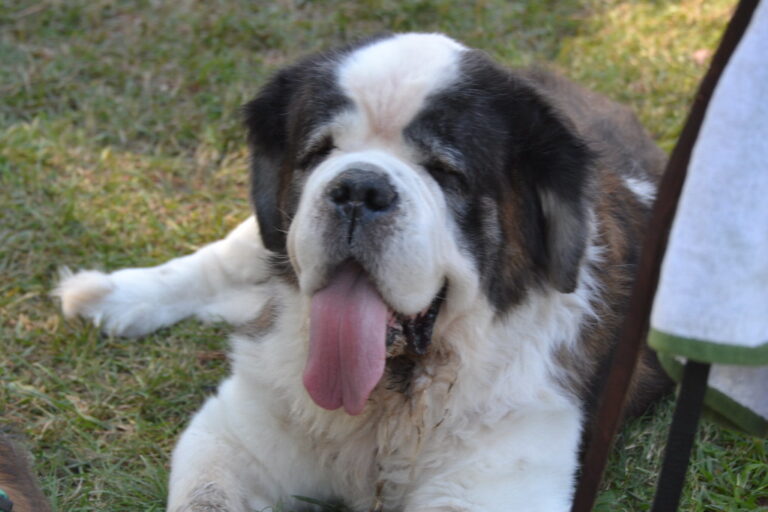Does Your Dog Really Enjoy Getting Hugs?
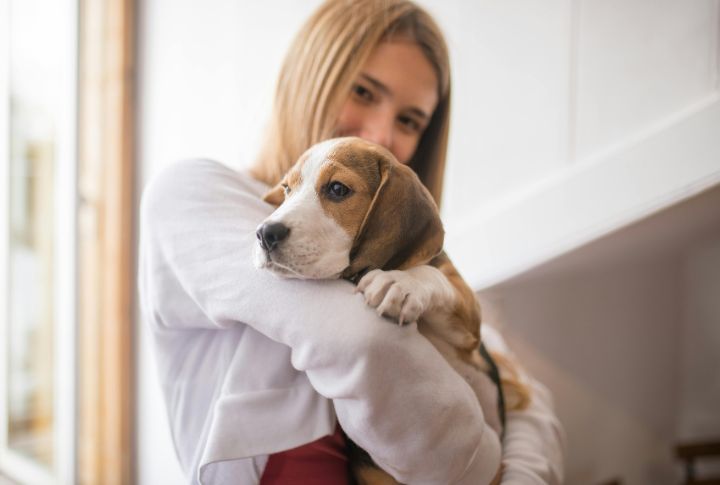
Have you ever wrapped your arms around your dog, hoping to share a moment of pure love and affection? We bet you have! But hold on a minute, do you ever wonder if your dog truly enjoys those warm embraces, or if the cuddles could actually be causing them distress? In this post, we go more in-depth about canine comfort and whether dogs truly enjoy hugs from their owners.
Human Perception vs. Canine Reality
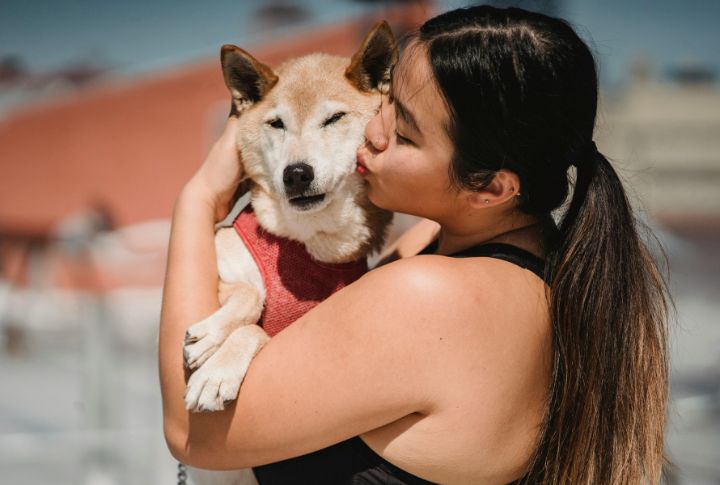
Humans hug because they see it as a sign of affection, but dogs interpret it differently. While a hug makes people feel closer, it often causes discomfort for dogs. Instead of bonding, they may see it as being restrained, which stresses them out.
Study on Hugging Dogs
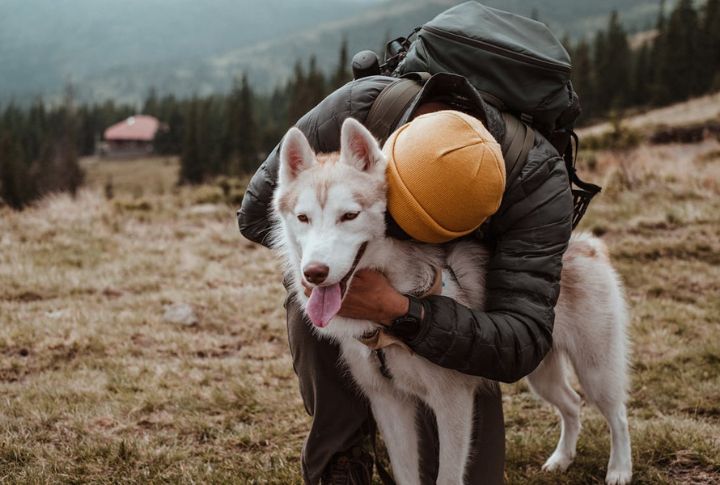
A 2016 study featured in Psychology Today analyzed 250 photos of people hugging dogs. The results were clear: 81.6% of dogs showed signs of stress or discomfort while they were being hugged. The dogs were turning their heads, lowering their ears, or licking lips.
Video-Based Research Findings
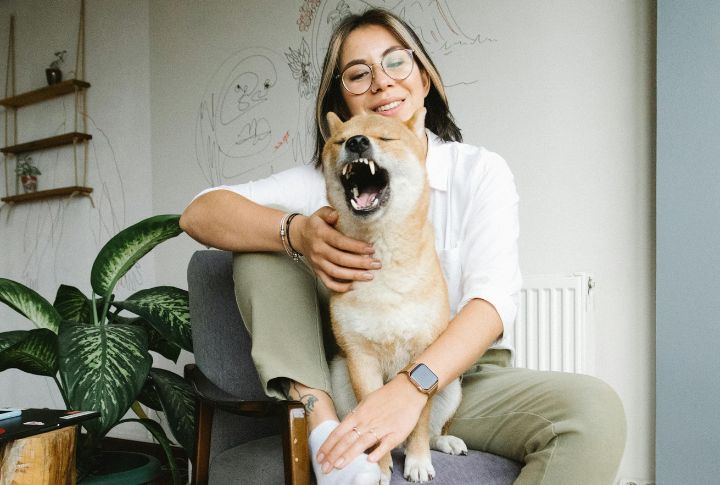
Recent research also posted on Psychology Today analyzed 80 videos and found that dogs often show even stronger reactions. Two-thirds of the dogs in these videos reacted to hugs by nipping or biting, indicating their apparent discomfort with this form of physical contact.
Cursorial Nature of Dogs
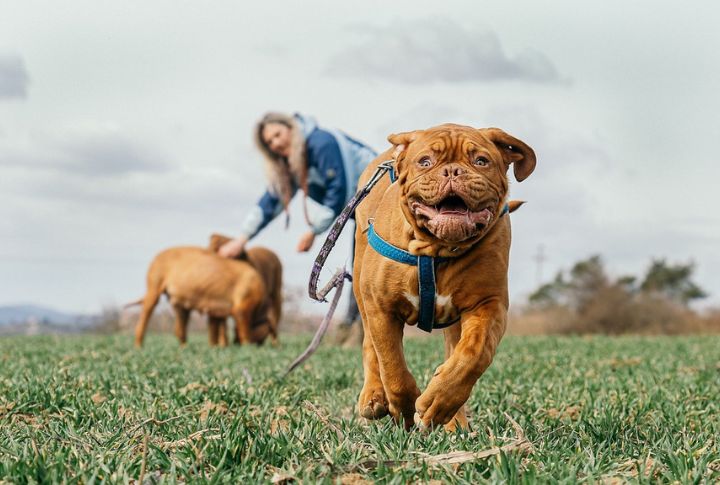
Dogs are cursorial animals, meaning they are built to run swiftly in stressful situations. When hugged, they are immobilized, which prevents their natural response to flee. This inability to escape can heighten their anxiety levels.
Misinterpretation by Owners
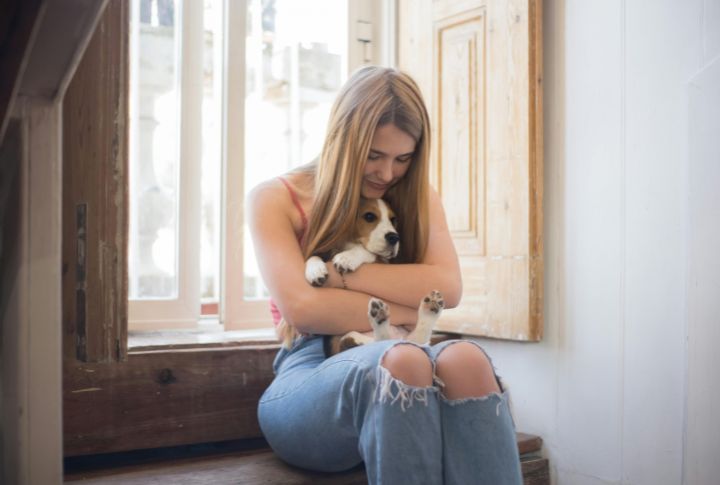
Many dog owners misinterpret their pets’ body language when hugging them. While they believe their dogs enjoy the hugs, they miss subtle signs of discomfort, such as avoiding eye contact or tense body posture, mistaking these signs for relaxation.
Stress Indicators in Dogs
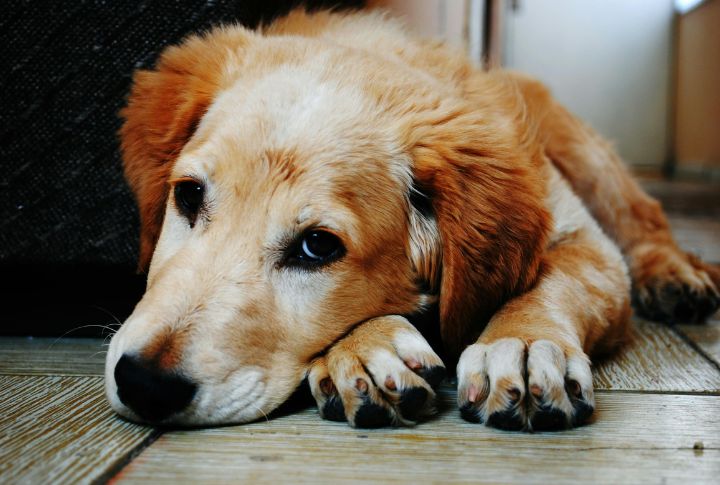
Dogs show a variety of stress signals, such as stiffening, turning their heads away, yawning, and flattening their ears. These subtle cues are missed by owners, who mistake their dogs’ discomfort for affection or calmness.
Discomfort Through Avoidance
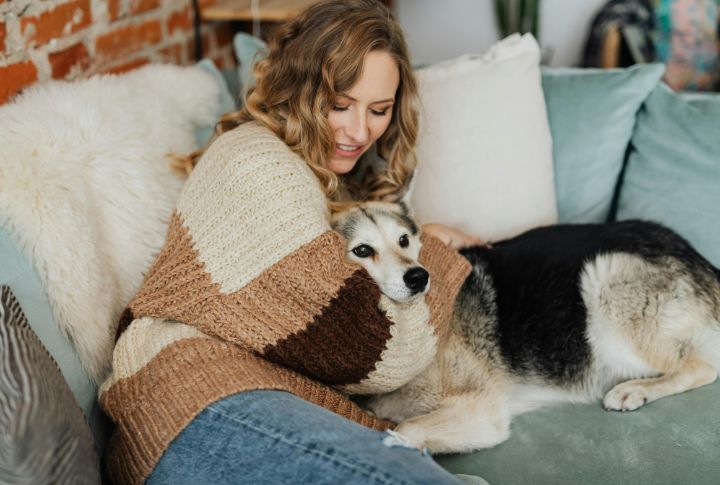
When stressed by a hug, dogs can avoid eye contact, turning their heads away from the person hugging them. This is a common, yet easily overlooked, sign of their unease and desire to escape the restraint of the hug.
Blinking and Lip Licking
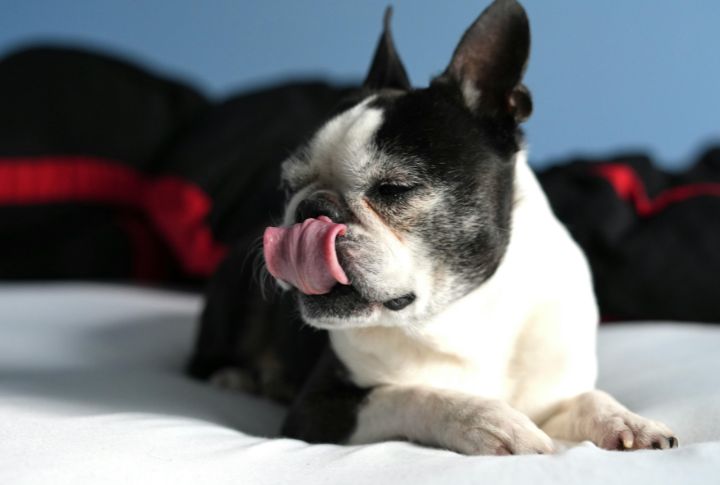
Blinking and lip licking are other subtle stress signals observed in dogs during hugs. In one study featured in Psychology Today, 81.25% of dogs blinked, and 43.75% licked their noses, both clear indicators of discomfort in response to being hugged.
Flattened Ears and Panting
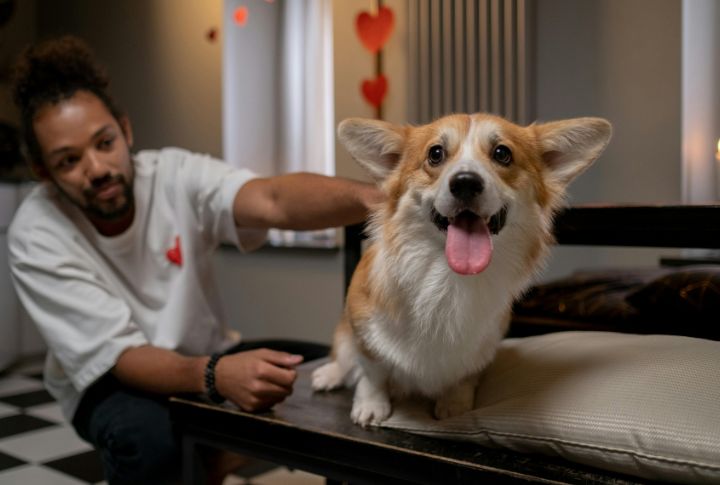
Panting or flattened ears are additional signs of stress in dogs being hugged. The study also showed that 60% of dogs flattened their ears, while 42.5% of them panted during the hug, further supporting the notion that most dogs find hugs stressful.
Nipping and Biting
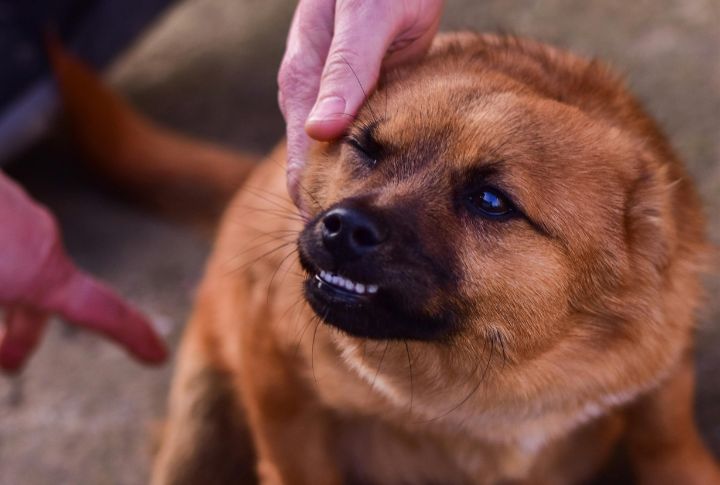
Nipping is a strong response to being hugged, and 67.5% of dogs in video studies exhibited these behaviors. Such reactions are clear evidence that dogs do not interpret hugs as affection but rather as a stressful, invasive act.
Understanding Dog Body Language
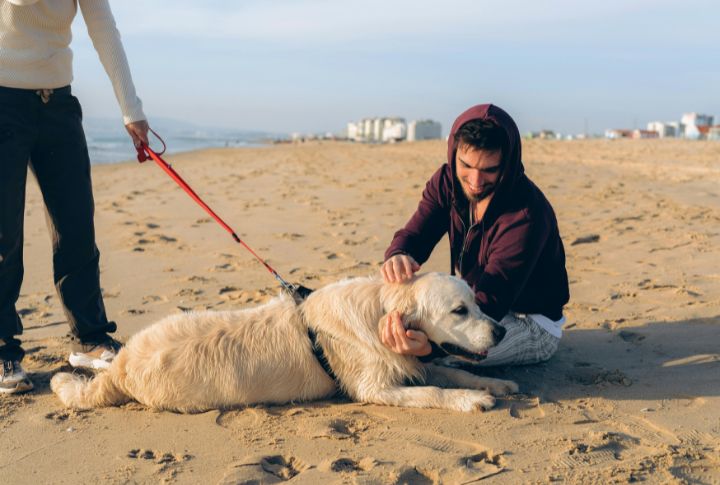
To avoid causing stress, it’s important to understand dog body language. Recognizing subtle signs like stiffness, half-moon eyes, or a tucked tail can help pet owners identify when their dog is uncomfortable and prevent unnecessary anxiety.
Training Dogs to Tolerate Hugs
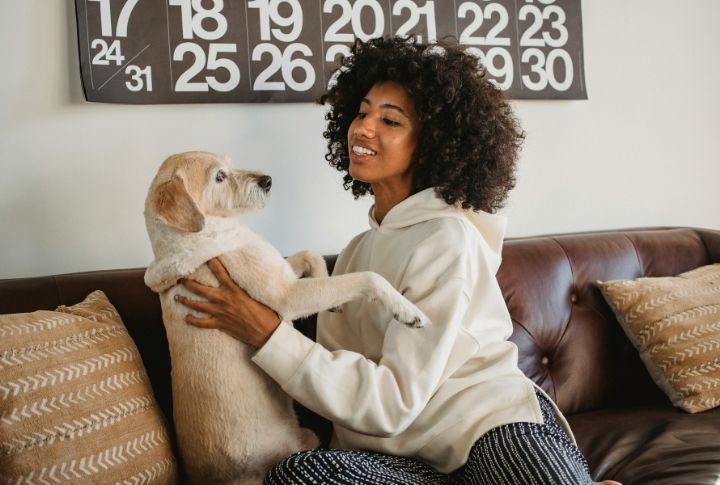
While dogs may not naturally enjoy hugs, they can be trained to tolerate them. Through desensitization and counterconditioning, owners can gradually teach their dogs to accept gentle restraint so they’re less likely to react negatively when hugged.
Safer Ways to Show Affection
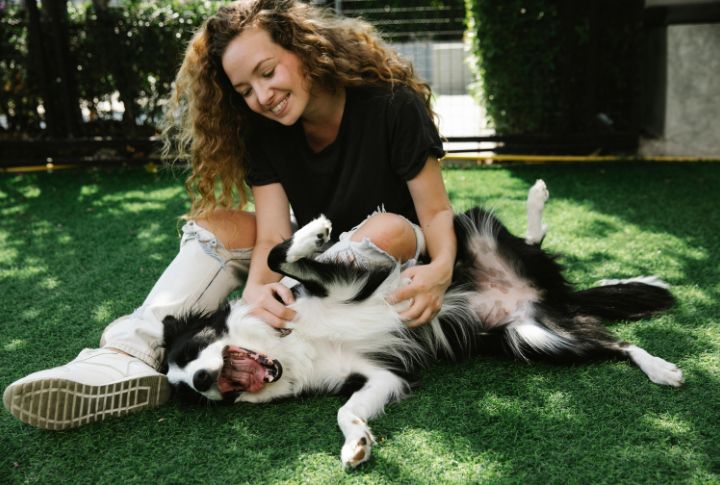
Instead of hugging, owners can express affection in ways dogs enjoy, such as belly rubs or ear scratches. These actions align more closely with canine communication and are more likely to make dogs feel loved and relaxed.
Play as an Expression of Love
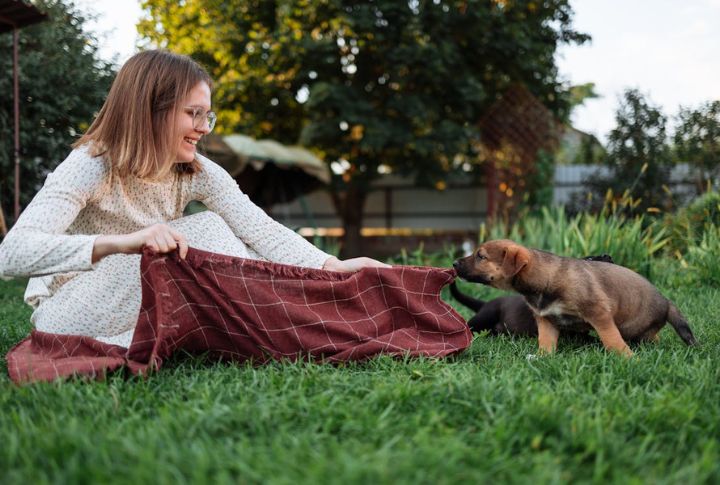
Playing games like fetch, tug-of-war, or hide-and-seek is another way to show affection without stressing dogs. Engaging in these activities helps strengthen the bond between dogs and their owners without the discomfort caused by hugging.
The Importance of Positive Reinforcement

Positive reinforcement training can be both mentally stimulating and rewarding for dogs. Spending time teaching new behaviors or tricks not only provides mental stimulation but also reinforces the bond between the owner and their dog in a stress-free way.



